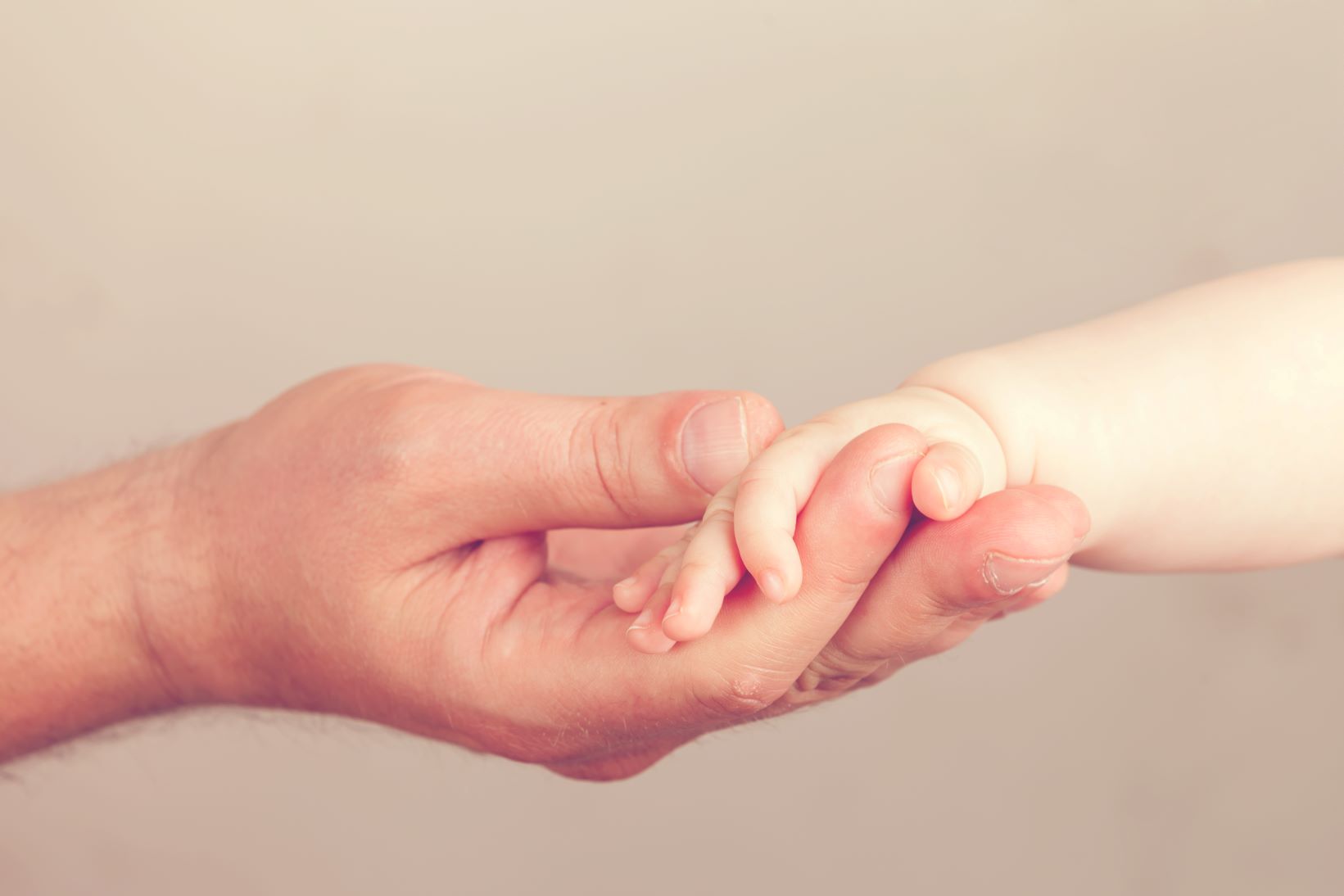Teaching my child about my diabetes

As a single mother with type 1 diabetes, it was important for Ambassador Jill Meyer to teach her daughter about her diabetes management and care from an early age so she could understand and help when mommy needed someone. She walks us through the different stages of teaching her daughter, and the lessons learned throughout.
Every child learns differently at various stages of their lives, but as a single parent, it was especially important to teach my daughter about my diabetes management and care from the beginning so she could understand and help me if and when I needed someone.
The education started when my daughter was one-year-old, every time I did something related to my diabetes management, such as take a blood sugar, change my infusion set, or take an extra shot of insulin, I told her why I was doing it. She learned the disease as if she was the one who had it. The questions soon followed, and I answered each one as best as I could to her understanding.
It happened sometime when my daughter was about two-years-old. I had a severe low in the middle of the night and didn't get up the next morning. Back then, I didn’t have continuous glucose monitor (CGM) yet alone a system like MiniMedTM 530G that takes action in times like this. My daughter came into my bedroom to wake mommy up with her typical, "Mommy are you in there?!", while trying to lift my eyelids. Then she started shaking me, "Mommy! Wake up! I'm hungry!" I didn’t wake up.
I’m thankful we were living in an apartment in my parents converted garage at the time of the incident. My daughter got out the back door, walked through the backyard into my parents’ home, found my father, and told him I wouldn't wake up. I came out of it as my daughter was feeding me a half gallon of ice cream, and my father telling her not to stop until I finished every last bite.
After this incident, I realized I had to teach her more. The next step was teaching her how to call 9-1-1 in case of an emergency - telling them our address, that mommy has diabetes, how to let them into the house, where the lockbox for the keys were (if needed to enter), and so on. I taught her what foods to give me to treat a low, and always kept orange juice and a tube of glucose on my nightstand.

When she was a little older, the training continued with how to give mommy injections, paving the way to make it easier for her to give me a glucagon injection if I ever needed it, and it did several years later. I reassured her injections didn't hurt, even though they sometimes did, so she wouldn't be afraid to do it in case of an emergency. Many times over the years, my daughter has come to my rescue when I had a low, and also when the high blood sugars were too much to be handled at home.
A few years ago, I was home taking care of my mom, who could no longer care for herself. After missing my usual phone call with my daughter that day, and her repeatedly trying to call me, she became worried. She instinctively knew something was wrong, so she called 911, 500 miles away, and the paramedics soon arrived at my house. I was low, but okay after the paramedics arrived. Now, I have MiniMed 530G, which lets me know when my glucose levels are rising or falling and steps in to stop delivering insulin if my sensor hits a low limit, and can visually monitor my blood sugars on my cell phone with the MiniMed Connect. With MiniMed Connect, my daughter is now able to monitor my BG through my CareLink Personal account and receives customized text notifications.
Here are 7 important things I taught my daughter about my diabetes throughout the years:
- Signs of high blood sugar
- Signs of low blood sugar
- How to test your blood glucose (BG)
- Fast acting carbs to give in case of a low BG (only if you’re conscious enough to swallow)
- How to call 911, our phone number, address, and access into the house
- What to tell the operator when calling for help (i.e.: my parent has diabetes)
- When mature enough, how to give glucagon if needed
Just remember, not every child is going to be able to deal with diabetes at the same age as another child. You be the judge of when and how much to teach your child, and at what point in time. Careful to word things so they don’t become scared, and reassure them they’re helping you, everything is going to be okay, and it’s always good to call for help, even if they’re unsure if help is needed.
My daughter is now grown, and is following in my footsteps going into the medical field in the Registered Nurses program. I kind of think my diabetes paved her way into it. I know she will make a great nurse and has already had more hands on experience than most student nurses.
Important Safety Information
Medtronic Diabetes insulin infusion pumps, continuous glucose monitoring systems and associated components are limited to sale by or on the order of a physician and should only be used under the direction of a healthcare professional familiar with the risks associated with the use of these systems. MiniMed 530G with Enlite is intended for the delivery of insulin and continuous glucose monitoring for the management of diabetes mellitus by persons 16 years of age or older who require insulin.
Pump therapy is not recommended for people who are unwilling or unable to perform a minimum of four blood glucose tests per day. Insulin pumps use rapid-acting insulin. If your insulin delivery is interrupted for any reason, you must be prepared to replace the missed insulin immediately.
The information provided by CGM systems is intended to supplement, not replace, blood glucose information obtained using a home glucose meter. A confirmatory fingerstick is required prior to making adjustments to diabetes therapy. MiniMed 530G with Enlite is not intended to be used directly for preventing or treating hypoglycemia but to suspend insulin delivery when the user is unable to respond to the Threshold Suspend alarm and take measures to prevent or treat hypoglycemia themselves.
MiniMed Connect
MiniMed Connect is intended to provide a secondary display of CGM and insulin pump information on a suitable consumer electronic device to care partners and users of a MiniMed 530G system or Paradigm REAL-Time Revel system for the purposes of passive monitoring.
MiniMed Connect is not intended to replace the primary display of continuous glucose monitoring and insulin pump information on the primary display device. All therapy decisions should be based on blood glucose measurements obtained from a blood glucose meter.
Please visit www.medtronicdiabetes.com/importantsafetyinformation for more details.


